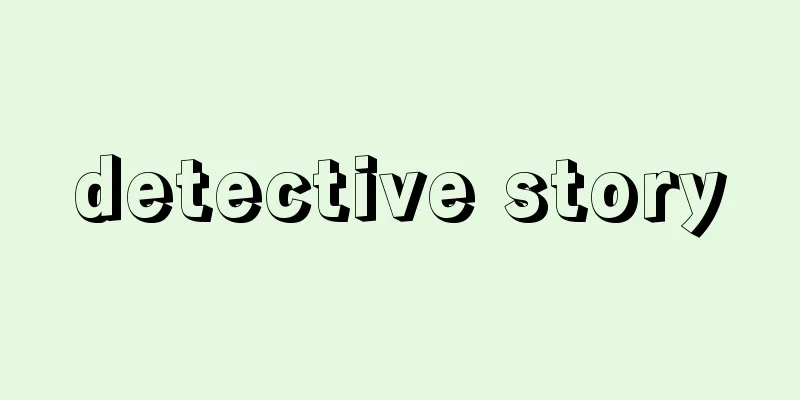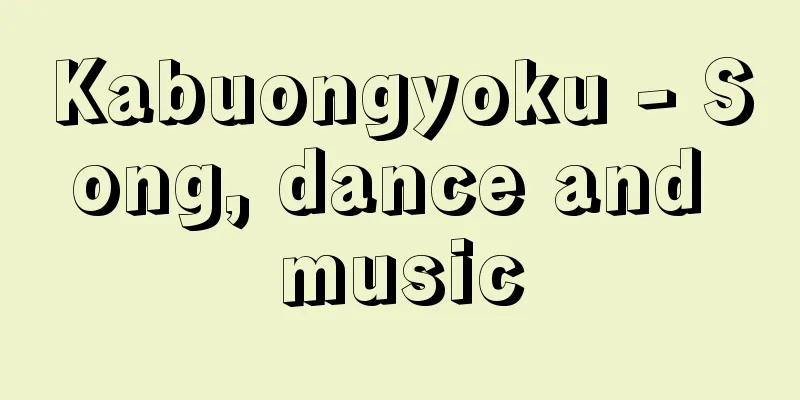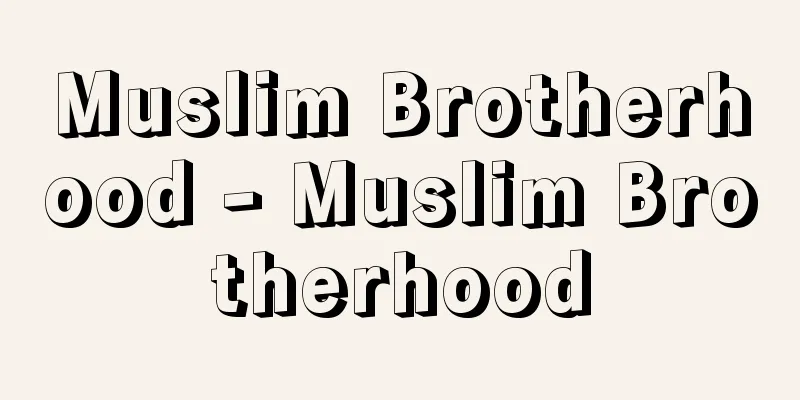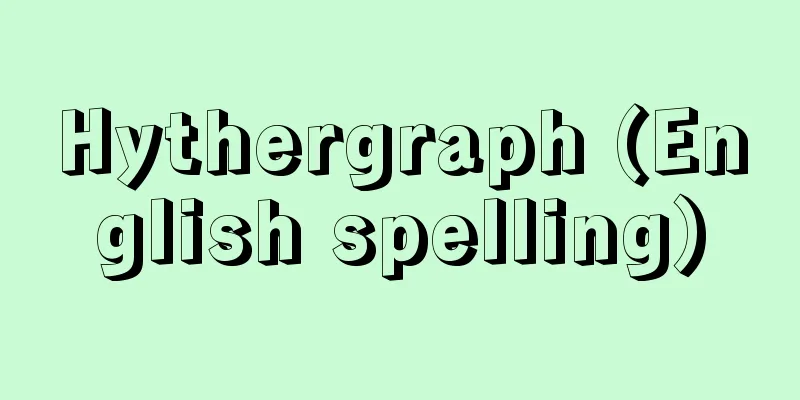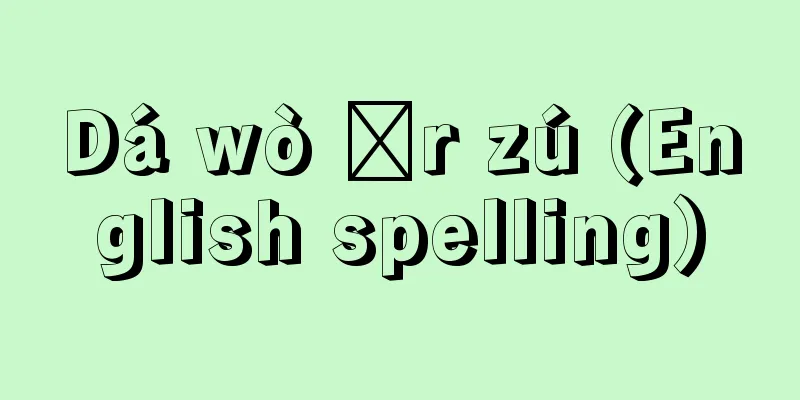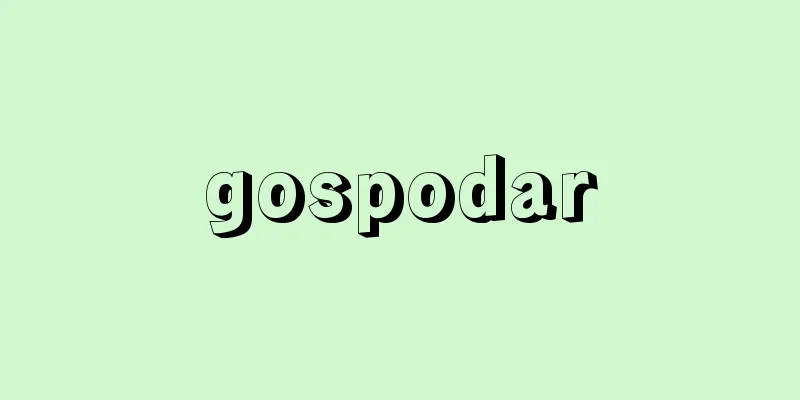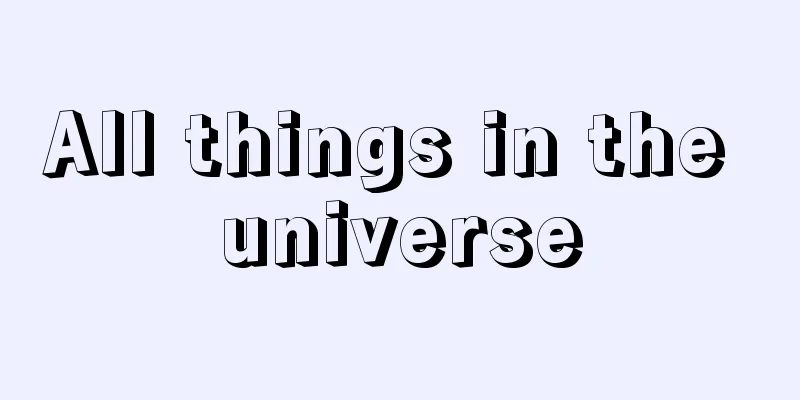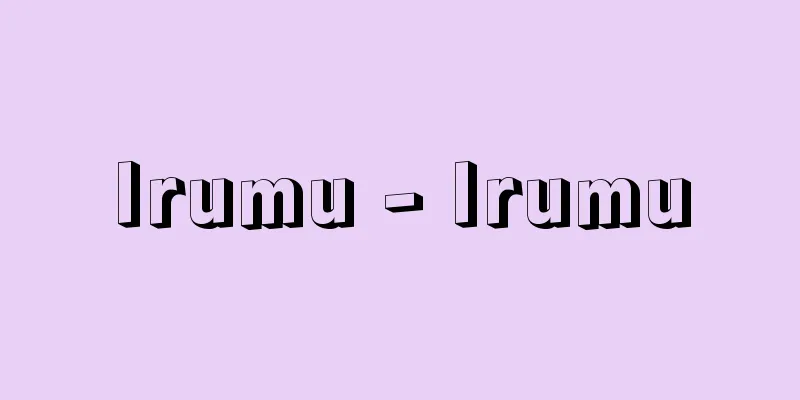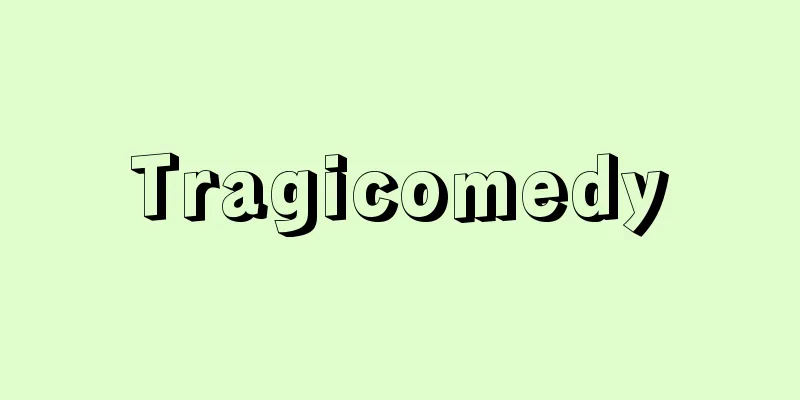Asssonance

|
...In the Chinese qué rhyme system, the same rhyme is used in the three lines of the four-line Introduction, Development, Turn, and Conclusion except for the Turn, and thus rhyme is closely related to poetic form. In the broad sense, other types of rhyme include alliteration, which matches the sound at the beginning of a word, and assonance, which overlaps similar sounds regardless of the position of the word, and there are some examples of these in Japanese poetry as well. *Some of the terminology that mentions "assonance" is listed below. Source | Heibonsha World Encyclopedia 2nd Edition | Information |
|
…また中国の絶句の押韻法は,起承転結の4行のうち転を除いた他の3行に同一の脚韻を置くものであるが,このように脚韻は詩型とも密接に関連する。広義の韻にはこのほか,語頭の音韻を合わせる頭韻alliterationや,語の位置を問わず類似音を重ねる半諧音assonanceがあり,これらは日本の詩歌にもいくつかの用例が見られる。 ※「assonance」について言及している用語解説の一部を掲載しています。 出典|株式会社平凡社世界大百科事典 第2版について | 情報 |
<<: Assotsiatsiya sovremennykh muzykantov
Recommend
Kögler, Ignaz
Born: May 11, 1680, Landsberg, Bavaria Died March ...
Akenokane - Bell of Dawn
Nagauta. The lyrics and composer, and the date of ...
Chitose
This is a former village area in the northeast of ...
Thermokarst
... These conical karsts in the tropics and subtr...
Yura [town] - Yura
A town in Hidaka County in western Wakayama Prefec...
Shukumi Tonkura - Miyake clams
This Tonokura is said to have been located near pr...
verbena
…It is widely distributed in Asia, Europe, and no...
Rainy season short sleeves in the old Hachijo - Tsuyu koso de Mukashi Hachijo
Kabuki script. Sewamono. Four acts. Written by Ka...
Seibu - Saimu
Date of birth and death unknown. A haiku poet of ...
Kamiakasaka Castle
This mountain castle was located in Chihayaakasaka...
Isaacs, A.
…In 1954, Taiichi Nagano and Yasuhiko Kojima disc...
Indian calendar - indoreki
A calendar used in India. It is said that there a...
Kainori - Kainori
...The many spherical foxtail-like objects found ...
Fish rolling - Uokoroshi
...This was a distribution market system suited t...
Long-tailed grasshopper - Long-tailed grasshopper
…The larvae live in the same environment as the a...
